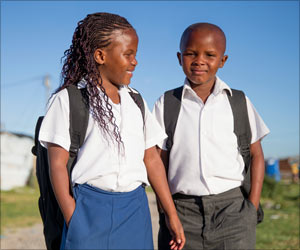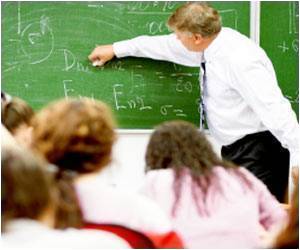
‘The increased emphasis on learning important skills earlier in life is having a real impact on helping develop reading abilities by first grade.’
Tweet it Now
The research showed that the gap between low-achieving readers and others actually widened when it came to advanced reading skills. "Overall, it is good news," said co-author Jerome D'Agostino from The Ohio State University. "We have evidence that the increased emphasis on learning important skills earlier in life is having a real impact on helping develop reading abilities by first grade." But the results also showed that strategies to help preschoolers who are having trouble with language skills need to be adjusted, said co-author Emily Rodgers, associate professor of teaching and learning at Ohio State. "We're probably spending too much time emphasizing basic skills for the low-achieving students, when we should be giving them more opportunities to actually read text," she said. The study involved 2,358 schools from 44 states. A total of 364,738 children were assessed during the 12 years of the study.
This included 313,488 low-achieving students who were selected to participate in Reading Recovery, a literacy intervention for first-grade students. Another 51,250 randomly selected students from the same schools also participated. The study is published in journal Educational Researcher.
Source-ANI









